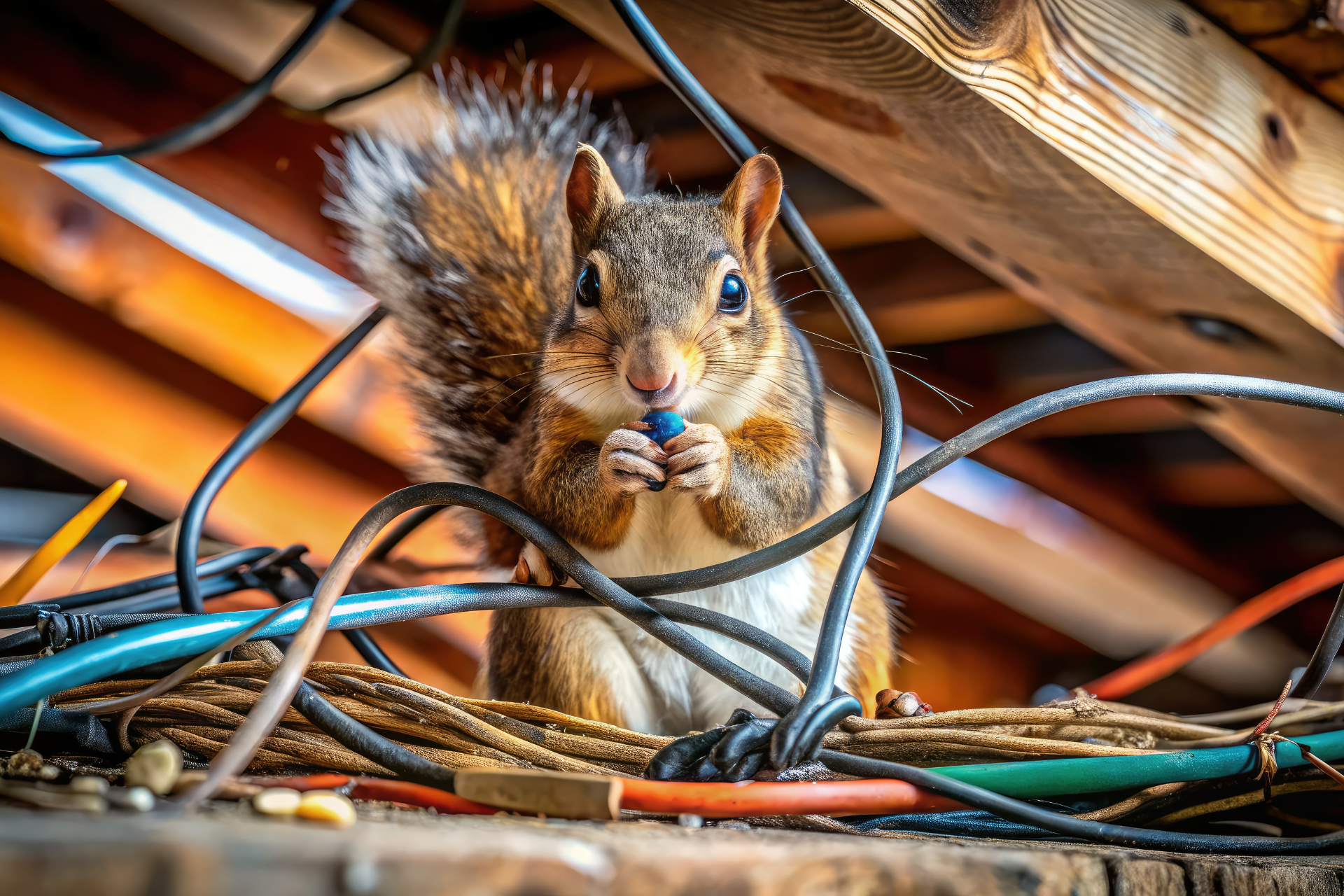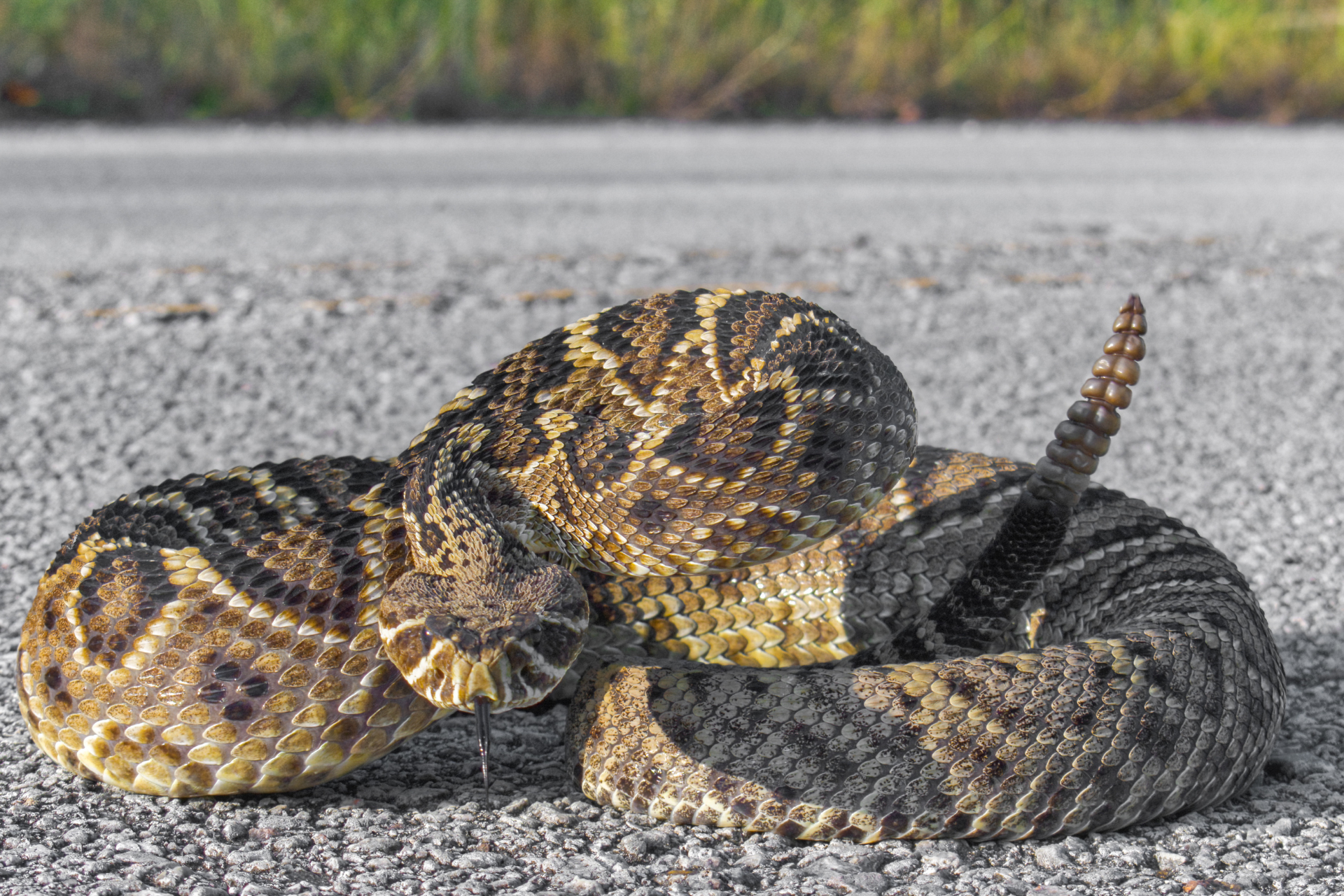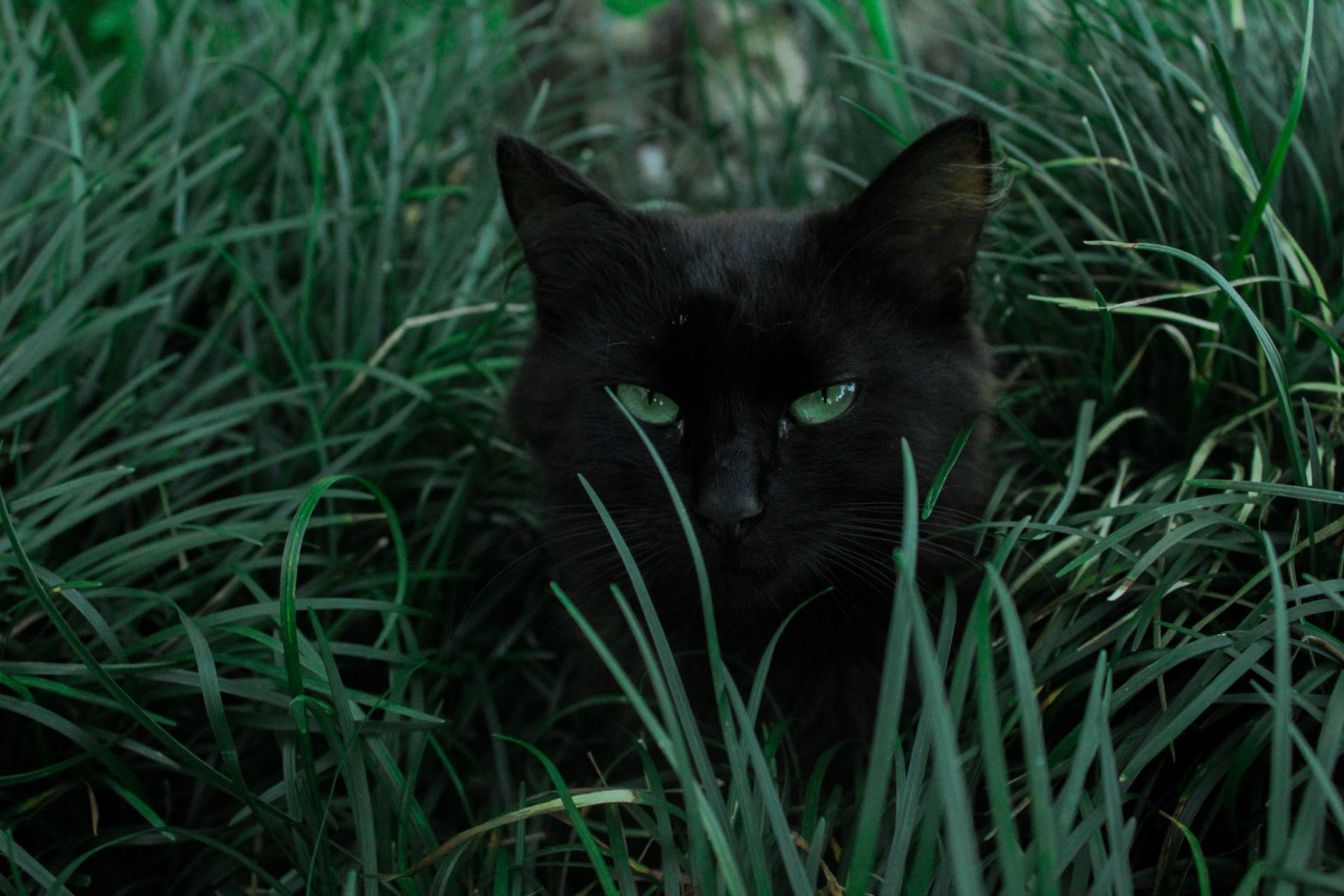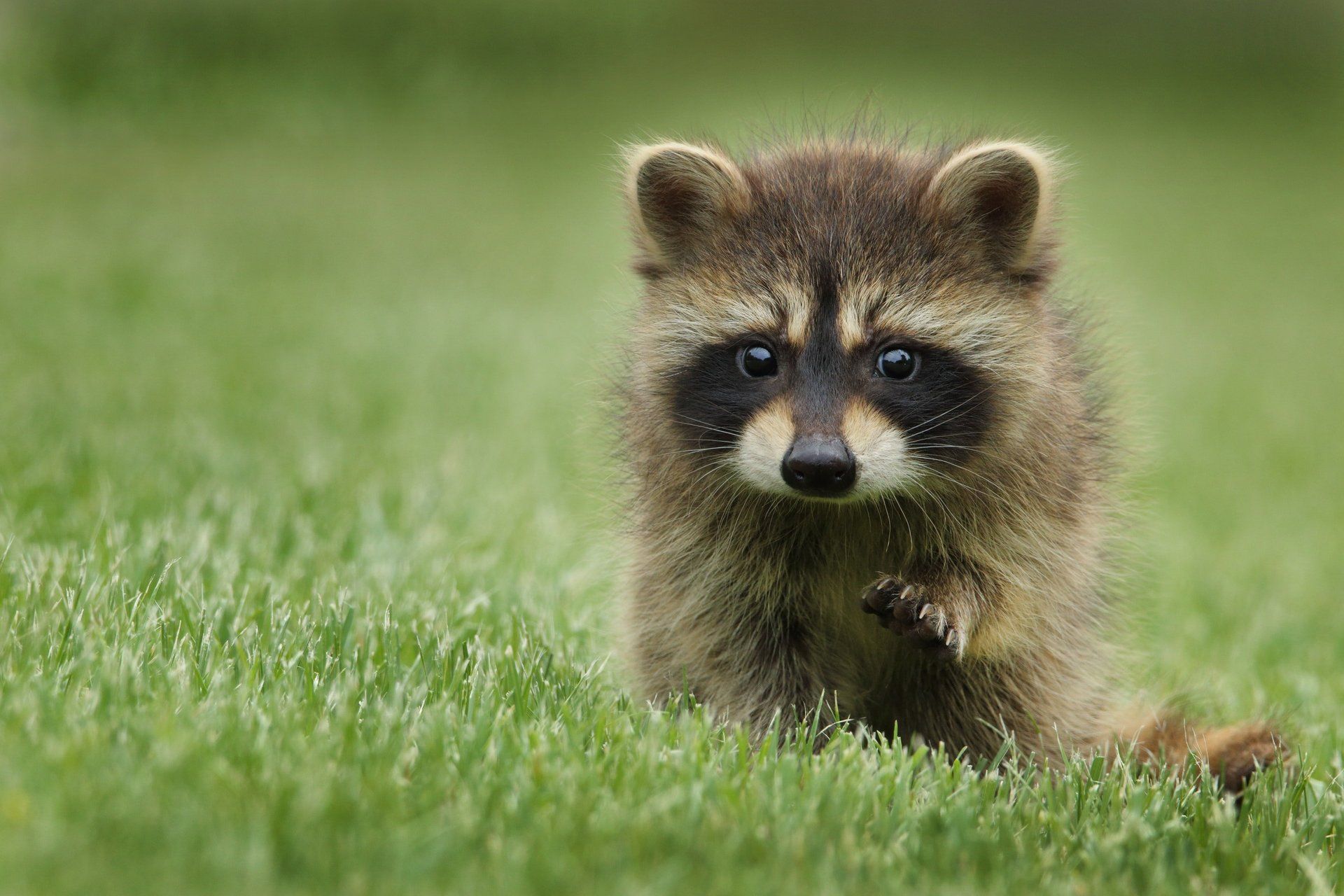Why Wildlife Accesses Occupied Homes
What Brings Animals Into Inhabited Houses
When people think about wildlife entering homes, the first image that comes to mind is often a quiet, abandoned cabin with a raccoon rustling around in the attic. But in reality, it’s the lively, lived-in houses that tend to draw animals in. You might be surprised to find that the very things that make your home comfortable and livable can also attract the attention of wild critters looking for a good place to settle down. Warmth, shelter from predators, and a reliable food source make occupied homes incredibly appealing to all sorts of creatures—especially when the weather turns rough or natural habitats are disturbed.
Understanding why this happens is the first step toward managing the problem effectively. It’s not just about blocking off access points or trapping an animal after it’s already inside. It’s about recognizing the signals you may be unintentionally sending out to wildlife that say, “Hey, this place is perfect for you.”
Warmth And Shelter: The Home’s Natural Appeal
When temperatures drop or storms start to roll in, wild animals seek cover. In the wild, they might hunker down in a hollow tree or burrow into the ground, but suburban and urban environments change the equation. Homes, with their steady heat and dry interiors, quickly become substitutes for nature’s shelters.
What’s particularly fascinating is how resourceful wildlife can be when looking for entry points. A loose soffit or a cracked foundation might not catch your eye, but to a curious squirrel or rat, it’s an open invitation. Chimneys, vents, crawl spaces—areas we don’t often think about—are prime targets. Once inside, animals can nest in insulation, behind walls, or in the attic, often going unnoticed until the problem becomes too big to ignore.
What makes this situation more complex is the fact that occupied homes don’t scare off wildlife like you’d think. In fact, the sounds of people moving around, the hum of appliances, and the general buzz of daily life can be signs that the space is climate-controlled and consistent. To animals, that means it’s a dependable refuge, especially when the wild becomes unpredictable.
Food Sources: A Hidden Invitation
Food is one of the strongest motivators for wildlife entering homes. It doesn't have to be obvious either. Sometimes it's a pet's food bowl left on the porch, or a trash bin without a tight lid. Other times, it’s the subtle scent of cooking that drifts out through vents and cracks.
Rodents, raccoons, and even some birds can smell food from impressive distances. Once they know there’s a chance to grab an easy meal, they’ll go to great lengths to get to it. Kitchens are particularly vulnerable, especially if crumbs or pantry items are left out. But even less obvious areas like garages or sheds can become problematic if birdseed, dry dog food, or snacks are stored there.
What’s tricky is that you might not even realize your home is sending out those signals. Compost piles near the house, fruit trees close to windows, or even outdoor grills that haven’t been cleaned thoroughly can all act as beacons for nearby wildlife. And once a curious critter finds a food source, they tend to come back—sometimes bringing others along with them.
Protection From Predators And Environmental Stress
In the wild, survival is a constant challenge. Predators roam freely, weather conditions fluctuate wildly, and safe nesting areas can be few and far between. So, when animals find a place that offers protection from these threats, they latch onto it quickly.
Your home offers solid walls, locked doors, and very few immediate dangers. Even the pets inside often pose less of a threat than the predators an animal would encounter in its natural environment. From a wild animal’s perspective, squeezing into the crawl space under your porch or the cozy corner of your attic is like checking into a five-star hotel. It’s a controlled, relatively stress-free environment that gives them a break from the dangers outside.
There’s also a reproductive angle to this. Many animals seek secure, hidden places to give birth and care for their young. A warm attic or wall cavity can serve as the ideal nursery. Once a mother animal finds such a spot, she may return year after year unless properly deterred.
The trouble really begins when this kind of access becomes generational. If one raccoon or squirrel finds your home welcoming, you may find yourself dealing with not just one intruder, but multiple animals over time—all thinking of your home as their own reliable stronghold.
Human Habits That Encourage Wildlife Intrusion
Most homeowners don't intend to invite wildlife into their spaces, but certain habits and oversights can make it more likely. Leaving doors or windows slightly ajar—even for just a few minutes—can provide the opportunity an animal needs. Installing decorative features like vented gables or ornate woodwork may look great but can provide easy entry for birds or bats if not properly sealed.
Gardening choices can also play a part. Dense shrubbery right up against the house, woodpiles stacked near entrances, or even overhanging tree limbs can serve as bridges for curious climbers. Landscaping that seems purely aesthetic to us might be functioning as a stepping stone or cover for something with paws or wings.
Another overlooked aspect is the timing of home maintenance. Small issues like a warped vent cover or torn window screen might not seem urgent, but wildlife tends to find these weak spots before we do. And once an animal has moved in, removing it becomes far more complicated than preventing access in the first place.
Being proactive is less about paranoia and more about understanding the subtle ways your living space interacts with the environment around it. It doesn’t take a major construction flaw for animals to find their way in—it just takes a lapse in attention and a curious critter with good timing.
Time To Reclaim Your Space
Wild animals don’t break into homes because they’re looking for trouble—they’re just doing what it takes to survive. But when those survival instincts lead them into your attic, basement, or walls, the results can get messy fast. From chewing on wires and damaging insulation to leaving behind droppings or bringing in parasites, these uninvited guests can create more than just noise in the night.
At Wildlife Resolutions, we understand the patterns and behaviors that drive animals to enter occupied homes. That understanding helps us not only remove the wildlife but also address the root causes of the intrusion. We take the time to assess how and why it happened and help you make the changes needed to reduce the chances of it happening again.
If something’s stirring above the ceiling or scratching behind the walls, don’t ignore it. Contact Wildlife Resolutions and let us help you restore your peace of mind—one smart solution at a time.







